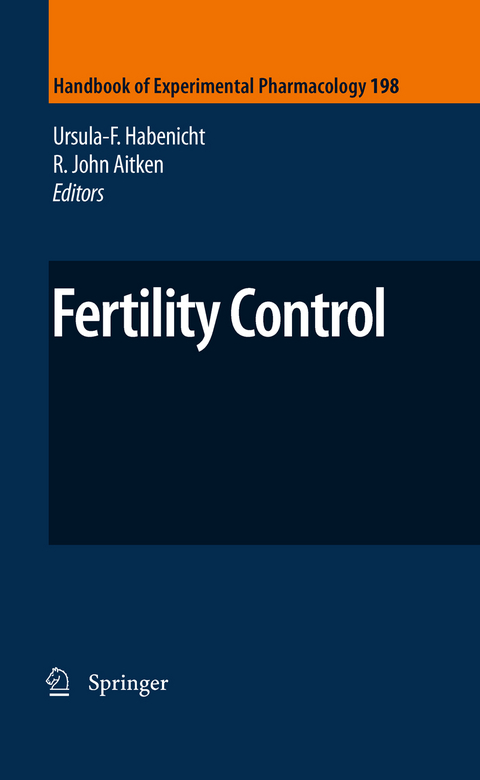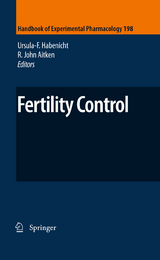Fertility Control
Springer Berlin (Verlag)
978-3-642-02061-2 (ISBN)
Female Reproduction.- New Insights into Ovarian Function.- Estrogen Signaling in the Regulation of Female Reproductive Functions.- Progesterone Receptors and Ovulation.- Contraception Targets in Mammalian Ovarian Development.- Proteomics of Embryonic Implantation.- Evaluation of Plasma Membrane Calcium/Calmodulin-Dependent ATPase Isoform 4 as a Potential Target for Fertility Control.- Male Reproduction.- New Insights into Sperm Physiology and Pathology.- The Epididymis as a Target for Male Contraceptive Development.- Sperm-Zona Pellucida Interaction: Molecular Mechanisms and the Potential for Contraceptive Intervention.- Mouse Models as Tools in Fertility Research and Male-Based Contraceptive Development.- New options: From target to product.- Male Hormonal Contraception.- Family Planning: Today and in the Future.
| Erscheint lt. Verlag | 6.9.2010 |
|---|---|
| Reihe/Serie | Handbook of Experimental Pharmacology |
| Zusatzinfo | XIII, 263 p. |
| Verlagsort | Berlin |
| Sprache | englisch |
| Maße | 155 x 235 mm |
| Gewicht | 513 g |
| Themenwelt | Medizin / Pharmazie ► Medizinische Fachgebiete ► Gynäkologie / Geburtshilfe |
| Medizin / Pharmazie ► Medizinische Fachgebiete ► Pharmakologie / Pharmakotherapie | |
| Medizin / Pharmazie ► Pharmazie | |
| Studium ► 1. Studienabschnitt (Vorklinik) ► Histologie / Embryologie | |
| Schlagworte | Contraception • Embryo • endocrinology • female reproduction • fertility • Male Reproduction • Physiology |
| ISBN-10 | 3-642-02061-5 / 3642020615 |
| ISBN-13 | 978-3-642-02061-2 / 9783642020612 |
| Zustand | Neuware |
| Informationen gemäß Produktsicherheitsverordnung (GPSR) | |
| Haben Sie eine Frage zum Produkt? |
aus dem Bereich




